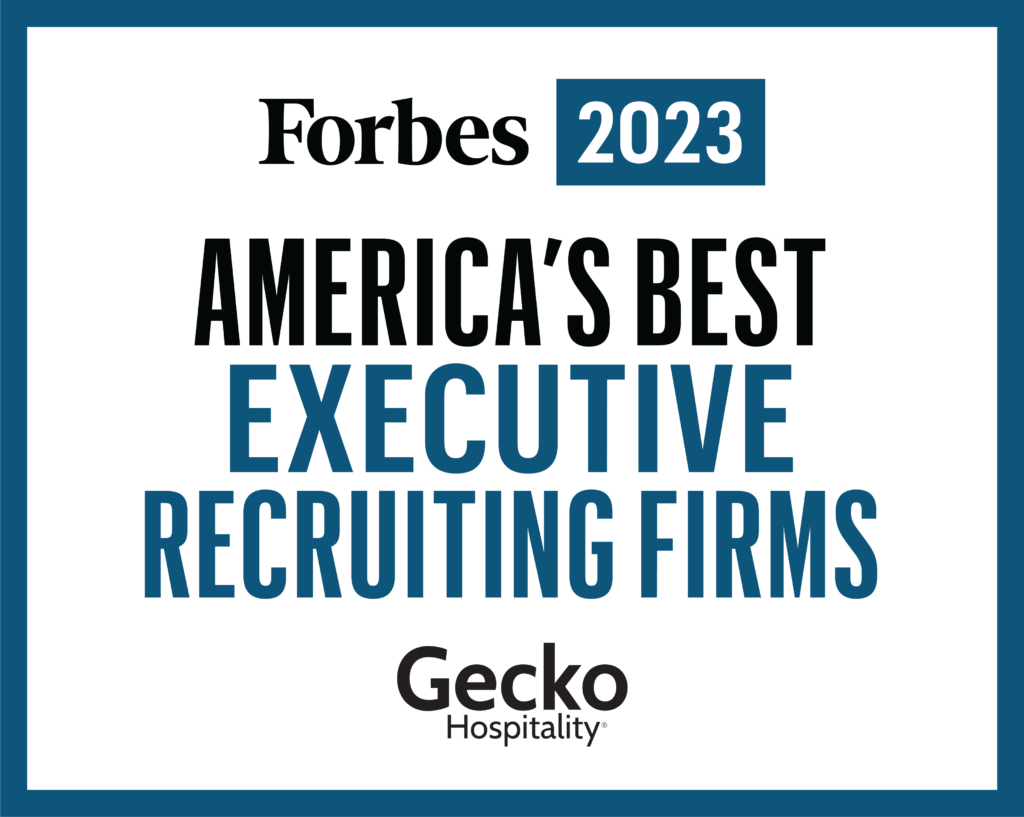Despite the lifting of restrictions and the resurgence of clubs, staffing remains one of the biggest challenges clubs face. The end of federal unemployment benefits brings with it some hope that workers will return to their jobs. But, the past 18 months have taught us much about work-life balance and low wages. Factors that put upward pressure on wages but can make achieving staff retention difficult. A survey by the Club Managers Association of America suggests that although clubs are mostly filled to capacity with wait lists forming in many cases, their ability to maintain current staff or gain new ones is still an issue.
To address this issue, clubs must take a critical look at their workplace practices and compensation. While high demand may make it tempting to cut corners, if clubs wish to maintain their growth and thrive in the long run, they must invest in their employees. This includes providing better wages, improving work-life balance, and offering opportunities for career advancement. Only then can clubs expect to attract and retain the dedicated staff necessary to provide the quality of service their members expect.
TAKING A DEEPER DIVE INTO THE LABOR MARKET
The pool of jobseekers has narrowed since the onset of the pandemic. According to new data from the U.S. Chamber of Commerce, there are 3.4 million fewer people participating in the labor force than there were in February 2020. And female labor participation having hit its lowest levels since the 70s.
In September 2022, there were 10.1 million job openings for 5.8 million unemployed workers. A ratio of nearly two jobs for every worker potentially searching for one. According to data obtained from the Bureau of Labor Statistics, this figure was 11.5 million jobs open, including 7 million roles which do not require a college degree and 4.5 million which do require a degree-level qualification or higher.
On the other hand, there were roughly 4.2 million unemployed workers. 2.3 million of whom had college degrees, and 1.9 without any such qualifications. One job per unemployed worker with a college degree and almost four per unemployed worker without a degree-level qualification or higher according to September’s figures. These tell an interesting story indeed!
RECOGNIZING THE DIVIDE
The labor gap is caused by variable factors. To start with, the pandemic has driven more than 3 million adults into early retirement according to the U.S. Chamber of Commerce, with Pew Research Center suggesting a 75% increase since 2008 – now standing at 3.5 million people in 2021.
Lack of access to child care and an increase in savings also shape this gap. With the child-care services industry having lost 371,000 jobs due to the pandemic, still remaining 10% lower than pre-pandemic levels, and American households increasing their collective savings by nearly $4 trillion since 2020. As highlighted by the Chamber’s surveys, these additional funds and other familial sources of income are allowing people to remain out or delay entering the labor force.
REINFORCEMENTS AT A SLOW PACE
The question of whether the workforce gap will ever be reversed is a complex one. Birthrates in the US have been below replacement levels since 1971. 2021 recorded the slowest population growth rate since 1900, and birthrates have dropped by 20% since 2007. In fact, it’s been recently predicted that by 2034, older adults will outnumber children. This suggests that “the new norm” may include this widening gap between open jobs and available candidates. This is ever true for clubs, who require a wide range of different aged employees, many with varying skill levels.
MOVING FORWARD
Clubs have been facing a shrinking pool of talent, with no expectation that the trend will be reversed soon. Low wages, long hours and lack of work-life balance are some of the challenges they face. But, they can tackle the issue on multiple fronts by offering competitive salaries and benefits compared to other industries. Plus creating a culture that not just attracts but also retains their employees. For example, with a lack of access to child care, many club employees may see a huge benefit in on-site child care. Since most clubs are in high demand of membership, increasing employee wages may not effect the bottom line as much as they think. The happier the employees are, the happier they will make the members. Leading to decreasing member turnover and promoting other revenue streams like additional membership packages or higher level memberships.
Recent surveys demonstrate that toxicity in the workplace, poor management, and low salaries are key drivers for worker departure. Having managers build genuine relationships with them is a main reason why they stay. While clubs traditionally focus on the member experience, focusing on the employee experience is paramount moving forward if they want to succeed in retaining both members and workers. Upping wages and flexible schedules is a start, but it must come hand-in-hand with an engaging environment. One where both employees and members feel valued – for clubs to truly become family-oriented businesses.
So, clubs, what are you waiting for? It’s time to take control of your future and disrupt the talent gap. The clock is ticking, and the competition is only going to get tougher.





